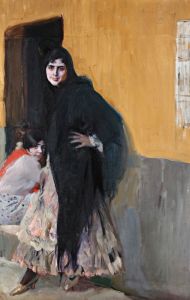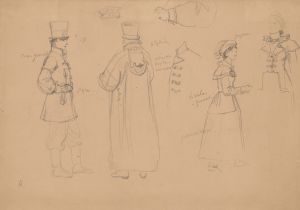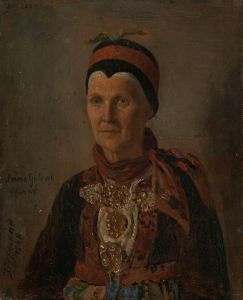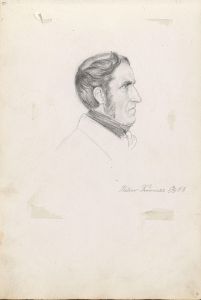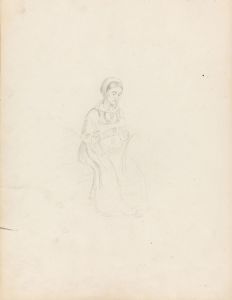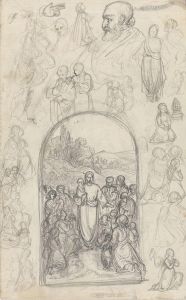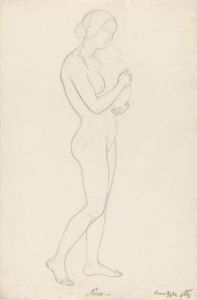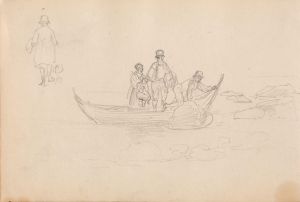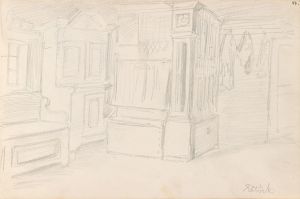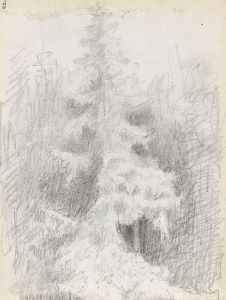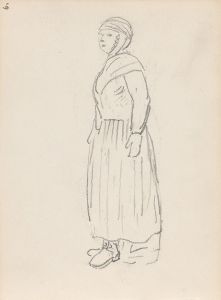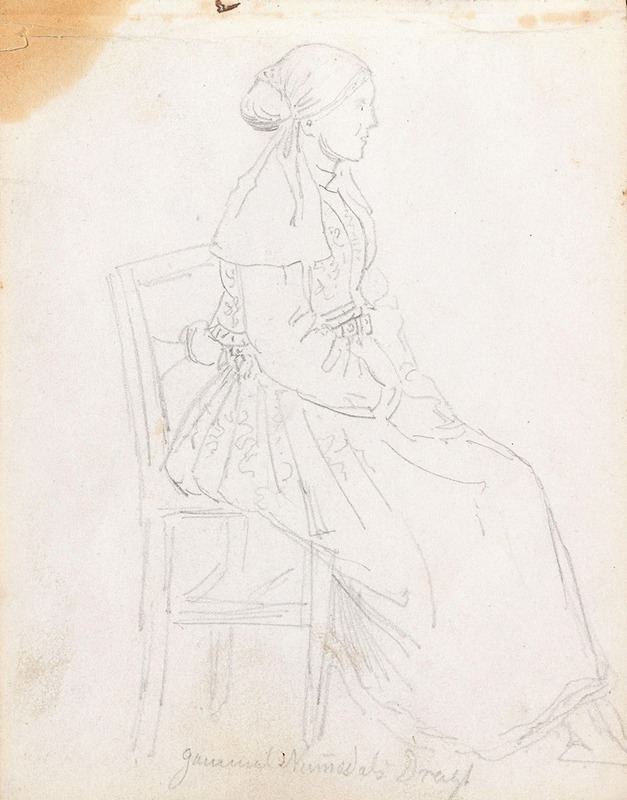
Gammel drakt, Numedal
A hand-painted replica of Adolph Tidemand’s masterpiece Gammel drakt, Numedal, meticulously crafted by professional artists to capture the true essence of the original. Each piece is created with museum-quality canvas and rare mineral pigments, carefully painted by experienced artists with delicate brushstrokes and rich, layered colors to perfectly recreate the texture of the original artwork. Unlike machine-printed reproductions, this hand-painted version brings the painting to life, infused with the artist’s emotions and skill in every stroke. Whether for personal collection or home decoration, it instantly elevates the artistic atmosphere of any space.
Adolph Tidemand, a prominent Norwegian painter, created the artwork "Gammel drakt, Numedal" in 1848. Tidemand is renowned for his detailed and evocative depictions of Norwegian folk life and traditions, and this painting is a prime example of his dedication to capturing the essence of rural Norway.
"Gammel drakt, Numedal," which translates to "Old Costume, Numedal," portrays a woman dressed in traditional Norwegian attire from the Numedal region. Numedal is a valley in the county of Viken in Norway, known for its rich cultural heritage and well-preserved folk traditions. The painting is celebrated for its meticulous attention to detail, particularly in the depiction of the traditional costume, which includes intricate embroidery and distinctive patterns characteristic of the region's folk dress.
Tidemand's work is part of a broader movement in the 19th century that sought to document and preserve national identity through art. During this period, Norway was experiencing a resurgence of interest in its cultural roots, partly as a response to its political union with Sweden. Artists like Tidemand played a crucial role in this national romanticism by traveling to rural areas, studying local customs, and portraying them in their works.
The painting captures not only the physical appearance of the traditional costume but also conveys a sense of the cultural and historical context in which it was worn. The woman's serene expression and the detailed background suggest a deep respect for the traditions and way of life of the Norwegian people. Tidemand's ability to blend realism with a sense of romantic idealism is evident in this piece, making it a significant contribution to Norwegian art and cultural history.
Adolph Tidemand was born on August 14, 1814, in Mandal, Norway, and he studied art in Copenhagen and Düsseldorf. His time in Düsseldorf was particularly influential, as he became associated with the Düsseldorf school of painting, known for its detailed and realistic style. Tidemand's works often focused on themes of Norwegian rural life, folklore, and history, and he is considered one of the leading figures in Norwegian romantic nationalism.
"Gammel drakt, Numedal" is housed in the National Gallery in Oslo, where it continues to be an important piece of Norway's artistic heritage. The painting not only showcases Tidemand's technical skill but also serves as a valuable historical document, offering insights into the traditional clothing and lifestyle of the Numedal region in the mid-19th century.
Through his art, Tidemand has left a lasting legacy, providing future generations with a window into Norway's past. His works remain a testament to the beauty and richness of Norwegian culture, and "Gammel drakt, Numedal" stands out as a particularly poignant example of his dedication to preserving and celebrating his nation's heritage.





